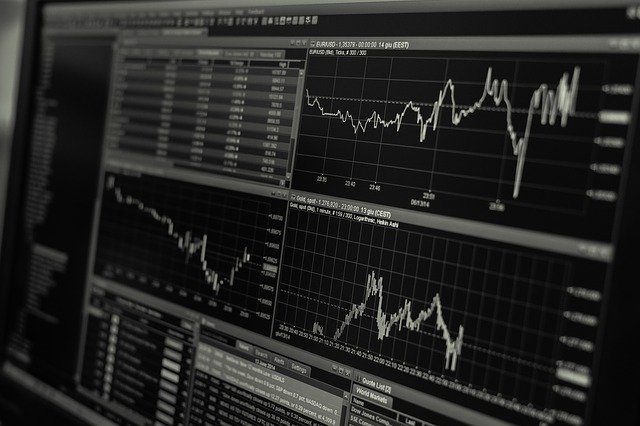The foreign exchange market is structured to exchange one country’s currency for another country’s currency. Foreign exchange or forex trading markets consist of several individual currency markets, and the exchange of currencies between two parties each reflects a transaction. The foreign exchange markets are the initial and oldest capital markets that continue to operate based on the confidence and stability that they offer to each other.
A foreign exchange market is a 24-hour over-the-counter (OTC) and dealer’s market in which an individual allows an exchange between two currencies. The currency markets are further categorized into spot and forward markets and the swap market, interest-rate swap market, and the interbank futures market. London, New York, and Tokyo dominate international currency trade. The currency markets are the biggest and most liquid of all capital markets; a triennial survey by the Bank for International Settlements puts regular global trading in trillions of dollars. It is sobering to think that in the early 21st century, an average global trade’s foreign exchange is exchanged in only fewer than every five days on the currency markets, while the common usage of hedging and exchanges into and out of vehicle currencies?as a more liquid medium of exchange?means that specific indicators of financial operation may be underestimated.
The advent of foreign exchange demand was attributed to merchants’ need for foreign currencies to settle forex trading transactions. However, it has now grown past exchange and trading standards to cover hedge, arbitrage, and derivative applications. Capital movements have a deciding impact on exchange rates, whereby interest rate differentials function like a magnet attracting capital. Thus, the currency markets are often referred to as a permanent and continuing vote on government policy actions and the economy’s stability. If the consumer disapproves, it will flee the market, and a currency will lose value. However, disputes around the real and future mobility of capital remain disputed as to whether exchange rate changes are rationally calculated or uncertain at best.
The increasing asymmetry between currency markets and national governments represents a classic prima facie case of an autonomy crisis. The “trilemma” of economic policy choices known by Mundell and the Mundell-Fleming model is set out. The model indicates that policymakers have to choose two of the following three policy aims:
- Domestic monetary autonomy (the ability to regulate the money supply and set interest rates and thus control growth).
- Exchange rate stability (the ability to minimize volatility via a fixed, pegged, or controlled regime).
- Capital mobility (allowing investment to move in and out of the country).
Historically various monetary regimes stressed different variations of monetary policy tools. For instance, the Bretton Woods method centered on regulating the capital distribution, but not the free movement of capital. The fall of the currency markets led the equilibrium and predictability of consumer rates to be destroyed. The continued instability of the currency culminated in an increase in exchange rate risk (as well as in profit opportunities). Any policymakers today face threats that are captured under the name globalization or capital mobility in the context of floating exchange rates, democratic liberalization of capital controls, and technical and financial advancement.

As the editor of the blog, She curate insightful content that sparks curiosity and fosters learning. With a passion for storytelling and a keen eye for detail, she strive to bring diverse perspectives and engaging narratives to readers, ensuring every piece informs, inspires, and enriches.










